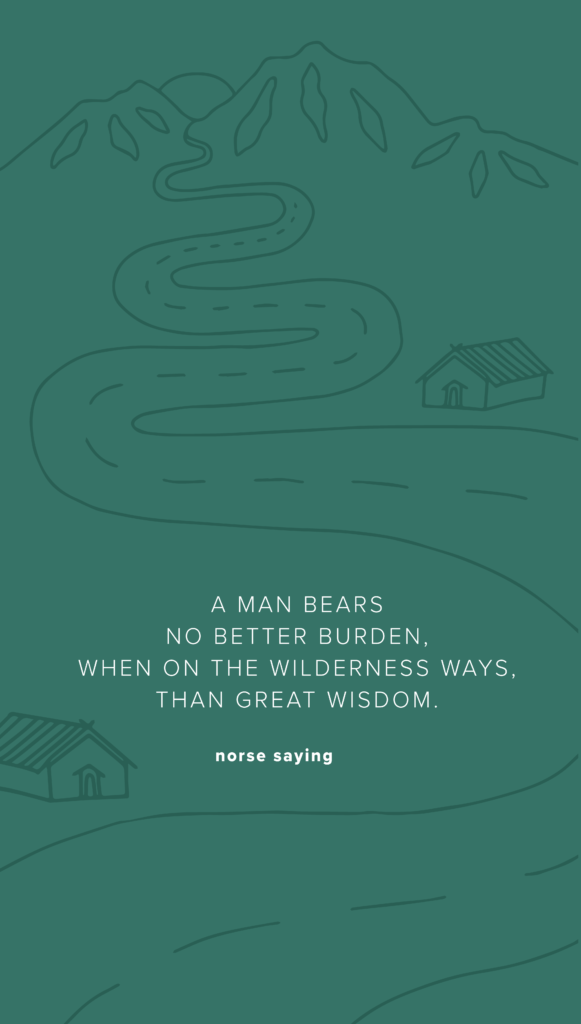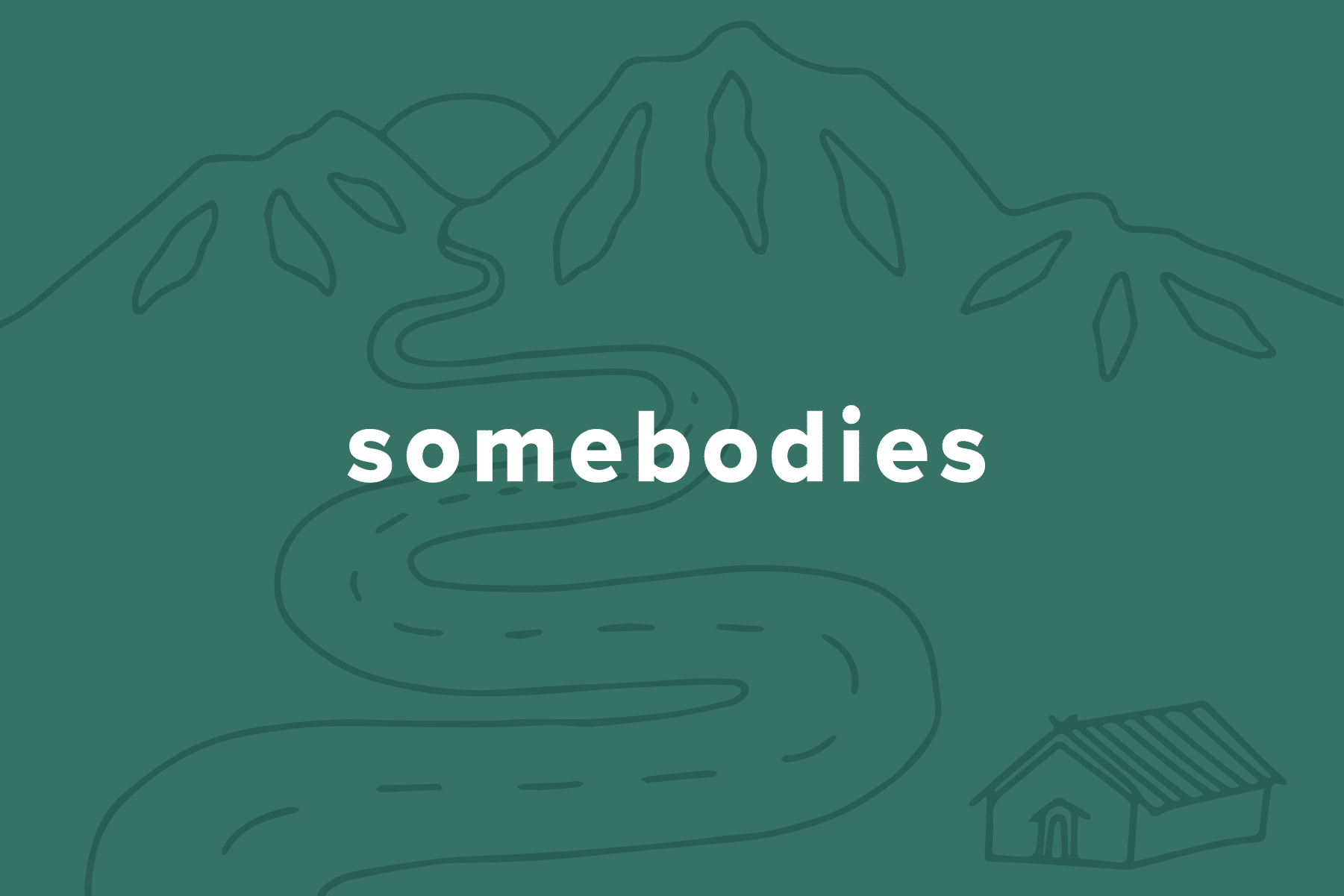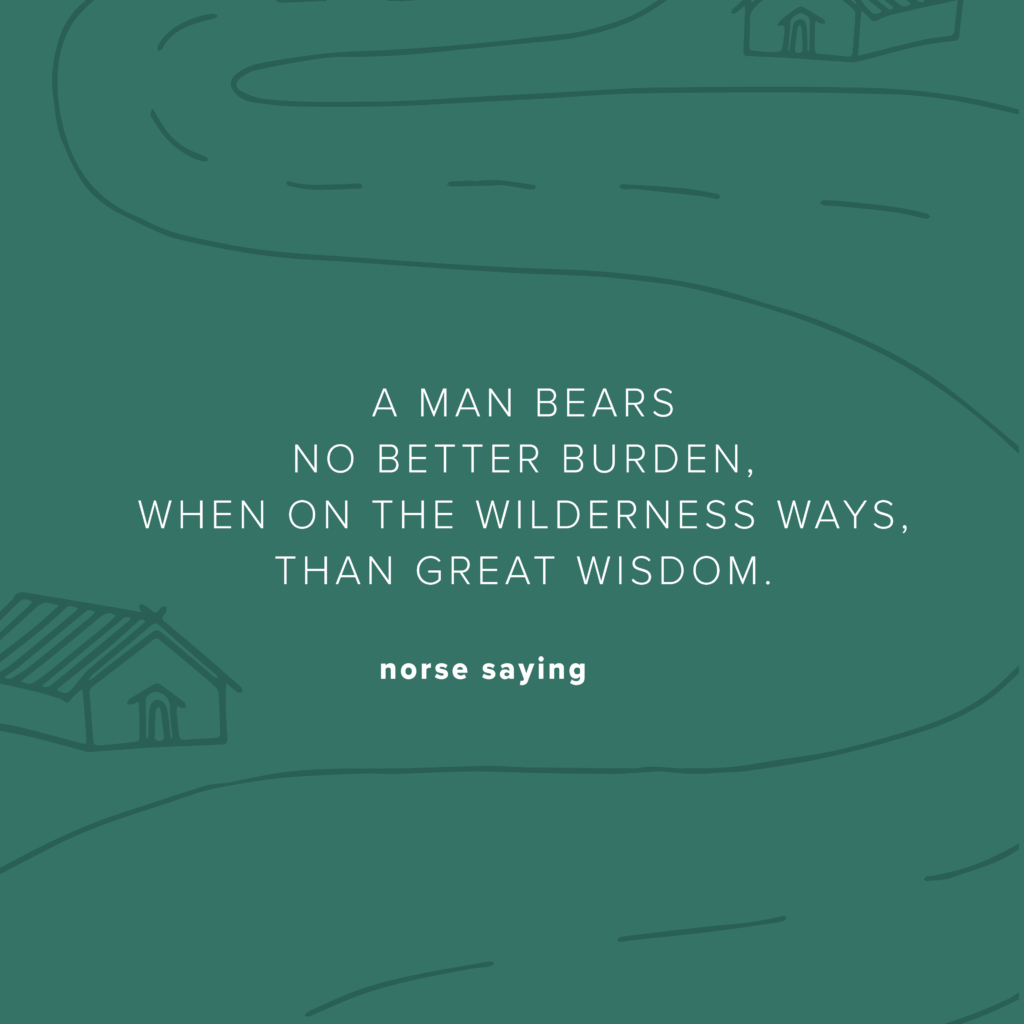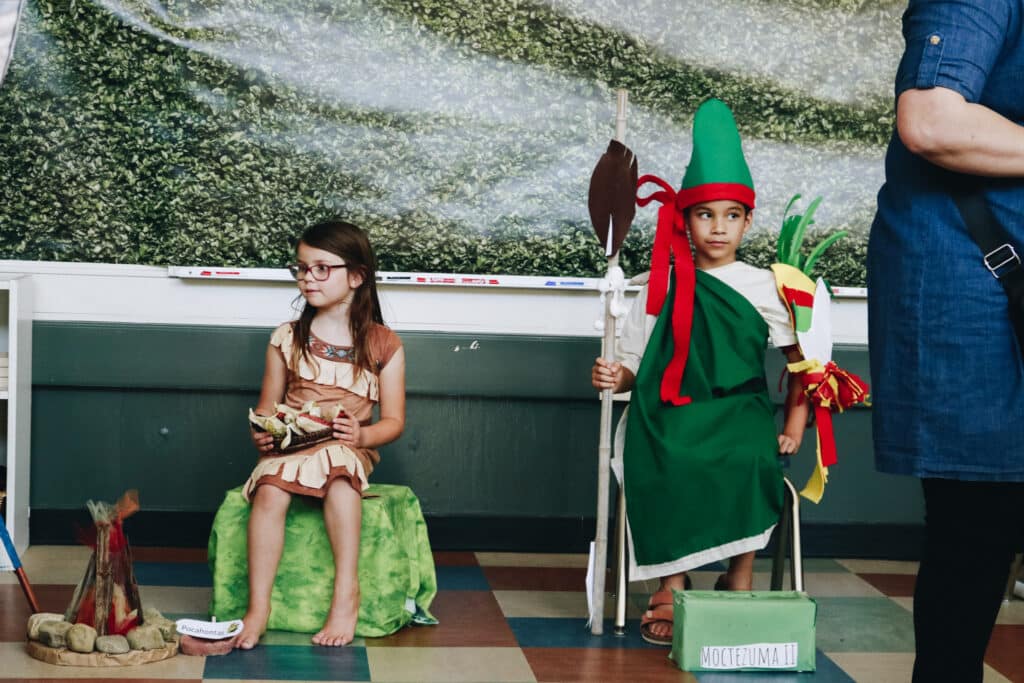Our Somebodies series is back (with a twist). This time, we’re bringing you one traditional Somebody bio and a wise saying from an author that has been lost to history. Read on to find out more!
These days, our students are studying the wild world of the Scandinavian vikings. Though a warrior society known for their pillaging ways, the vikings also had a rich mythology and cultural heritage. Their myths were passed down orally for many years, and much of what we know can be attributed to a few key written works by SNORRI STURLUSON.
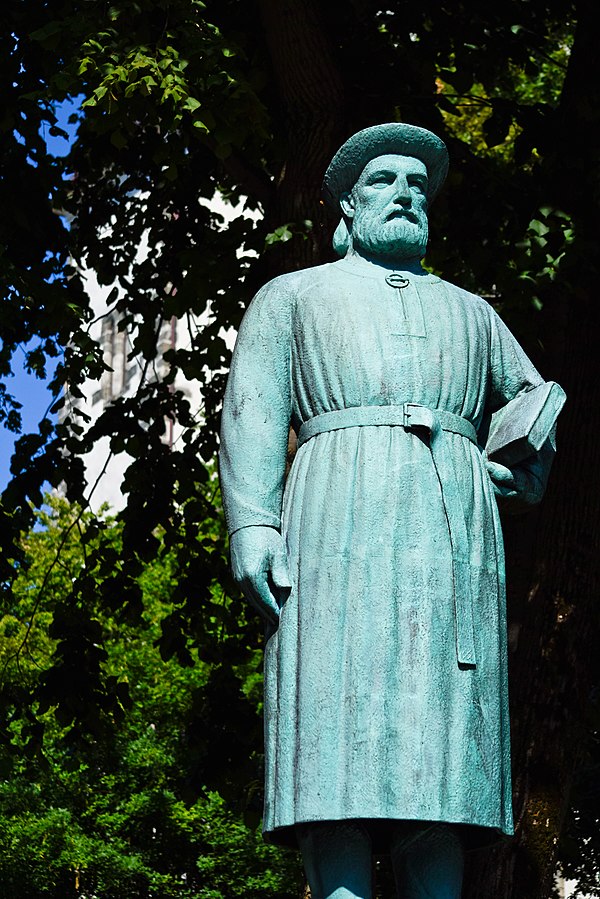
[https://commons.wikimedia.org/wiki/File:Bergen-storri.jpg]
We’re jumping forward in history a bit to cover this Somebody: though the vikings were prominent from the late 8th to the 11th centuries, Snorri was born in 1179 in Iceland (in the same region where Leif Erikson grew up!). Though his family was considerably wealthy, Snorri ended up being raised by someone even more prominent, a relative of the Norweigan royal family, Jón Loftsson. This came about in a roundabout fashion because his father was attacked by a neigboring chieftain’s wife. The resulting legal settlement would have beggared the attacker’s family, but Jón intervened on her behalf and offered to give Snorri an education as compensation instead. As a side note, this story shows two sides of viking culture: violence and surprising diplomacy—the Althing, the Icelandic parliament where all of these agreements took place, is one of the oldest surviving parliaments in the world. So in the end, Snorri attended the school of Jón Loftsson’s grandfather, who was arguably the most influential Icelandic scholar before Snorri.
Snorri, when grown, made an advantageous marriage. Unfortunately, he wasn’t a faithful husband and soon settled elsewhere (without his wife) as manager of an estate in Western Iceland. While there, he made some great improvements to the estate, including a hot outdoor bath using the natural volcanic hot springs—this spring, called Snorralaug, is still around today and may be the oldest human-used hot spring (in a country chock full of hot springs).
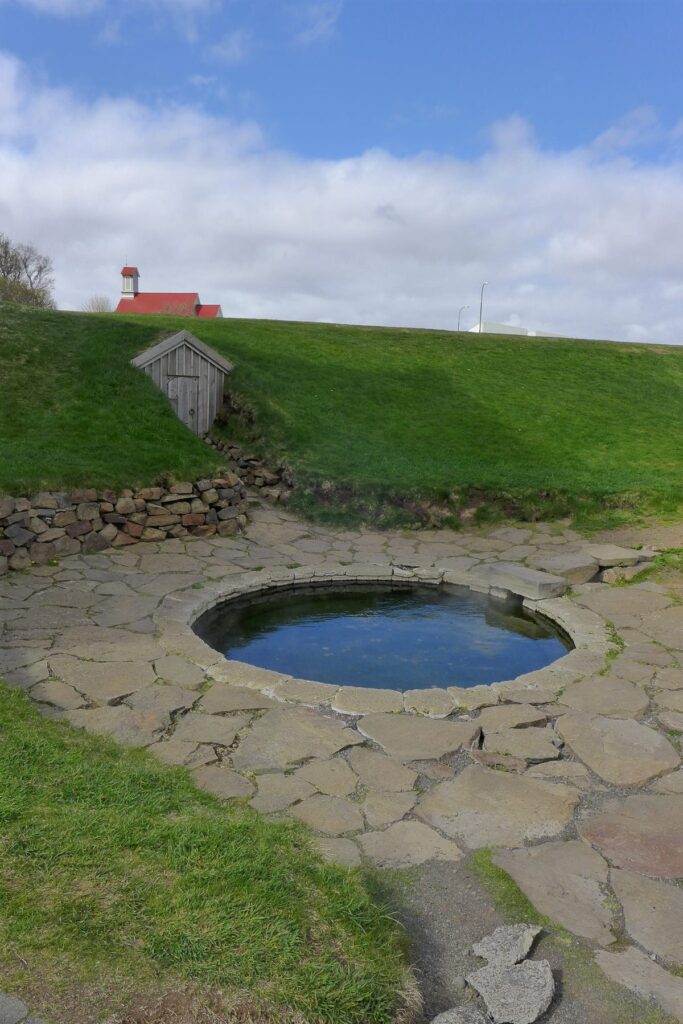
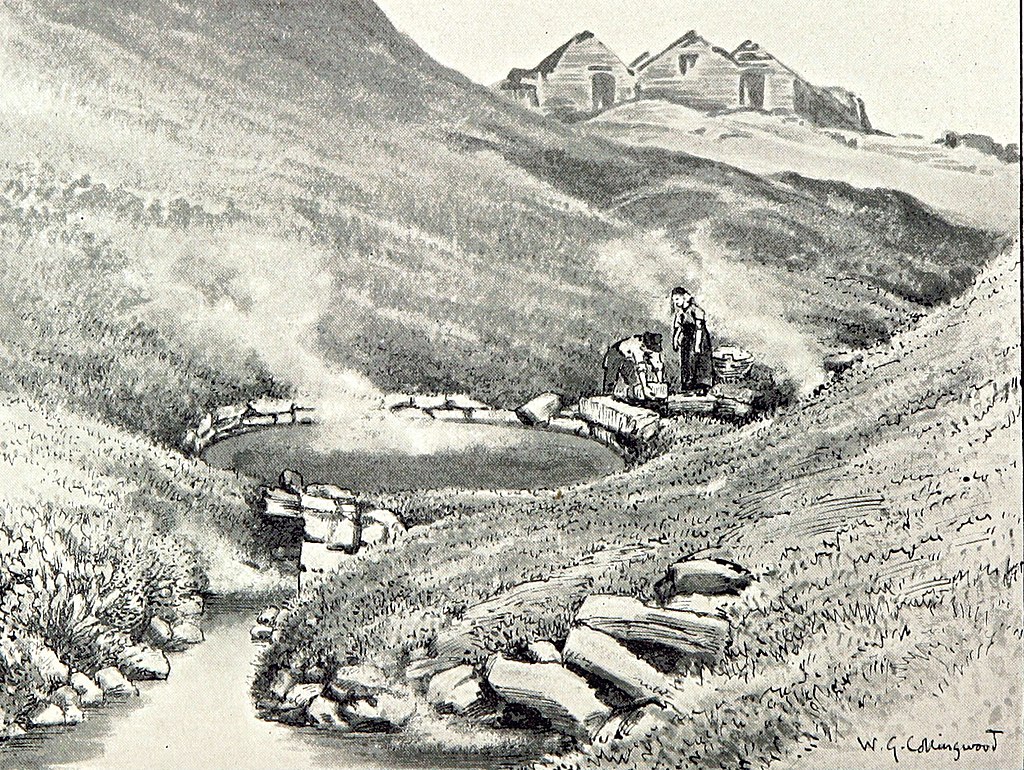
Snorri soon rose to fame as both a poet and a lawyer. He eventually became the lawspeaker of the Althing. This position is the only public office of the Icelandic commonwealth and is highly respected. He also traveled to Norway where he hobnobbed with Norweigan royalty and Swedish diplomats. However, his most influential acts were not political, but literary. He is thought to have authored or compiled many major works from around this period, including the Prose Edda (read by our high schoolers in history this year), where most of our knowledge about Norse mythology originates, and Heimskringla, a history of Norweigian kings and early medieval Scandinavian history.
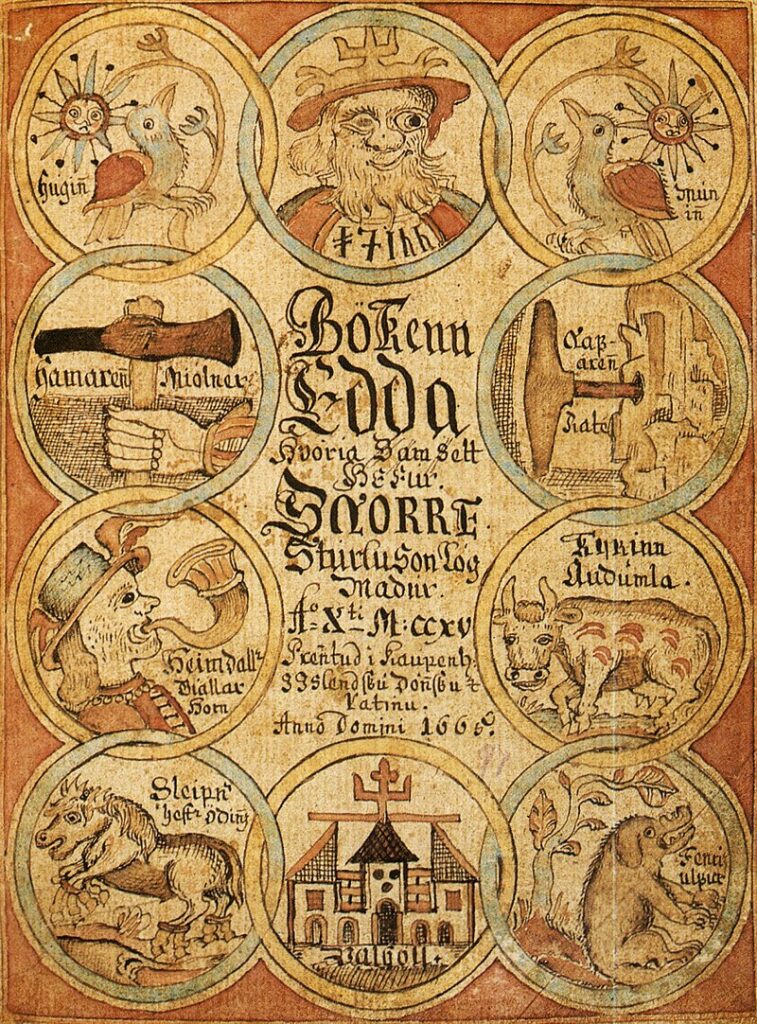
The Prose Edda especially is monumental in our understanding of Norse beliefs and culture. Though told in a dry narrative style, it reveals many values of the vikings and norsemen such as wisdom and cleverness. It also quotes from other notable works, many of which are collated from anonymous authors and sources over the oral history of these people groups.
One such work is Hávamál, a single poem that is really a collection of smaller poems. It is written in a gnomic style, which presents wise sayings and proverbs one right after another (think Ptahhotep’s maxims from last year’s Somebodies series). If the Prose Edda offers us narrative stories and clues about what the vikings believed, Hávamál tells us their philosophy directly.
It is from this source that today’s quotation is pulled:
“A man bears no better burden, when on the wilderness ways, than great wisdom.”
-Norse saying
We too place great value on wisdom at SLOCA. This quote, though literally meaning that one of the best tools to use while traveling is your brain, can be applied to more than just physical travel: wisdom is one of our best tools and guides wherever we may go, whatever we may do, even when the road is rough and wild. Let us practice cultivating wisdom together this year!
Don’t forget to check out our Instagram stories for our free smartphone wallpaper, or download below!
